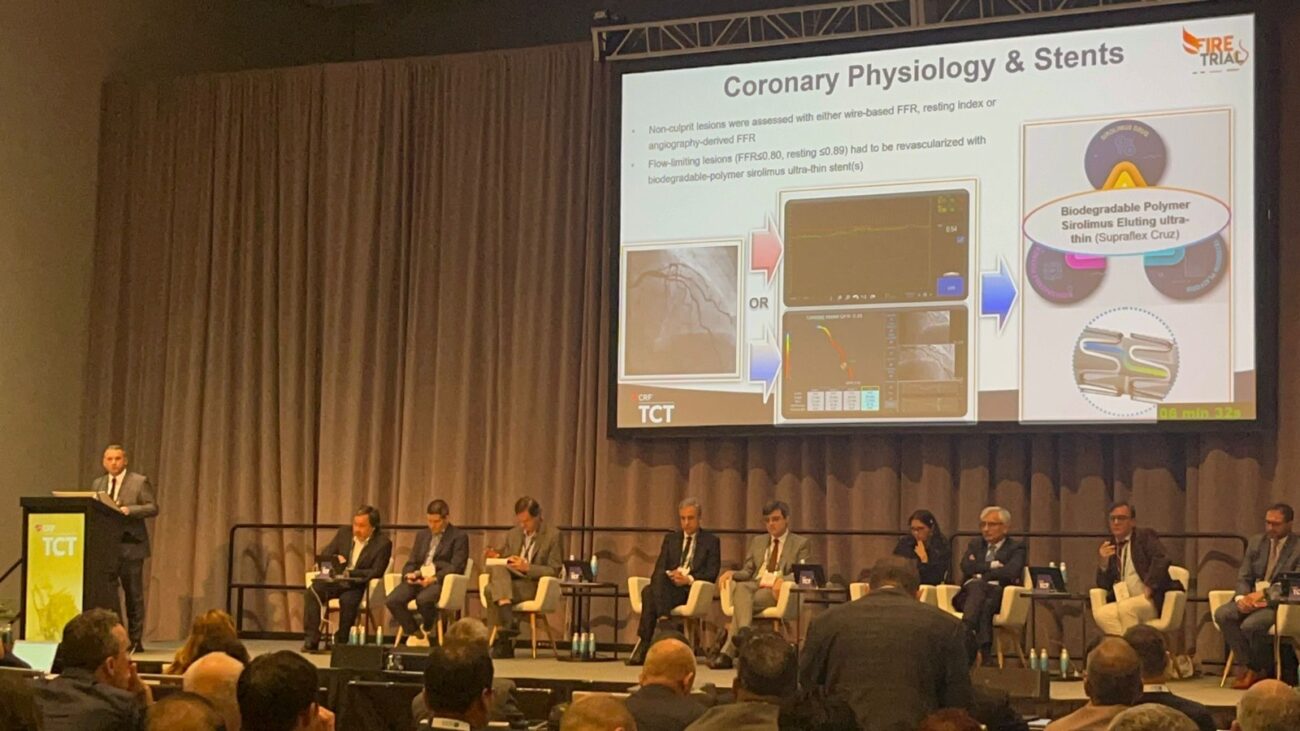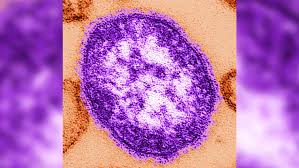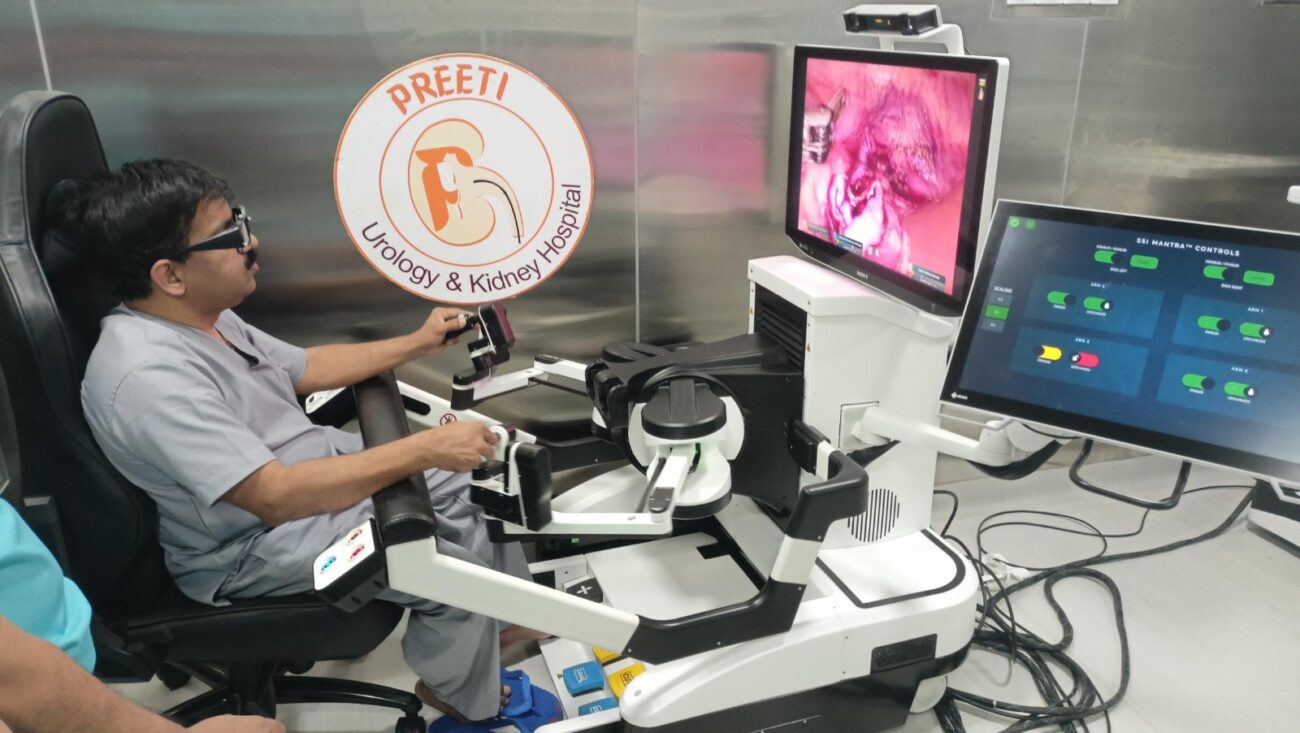Promising Safety and Efficacy Results for Supraflex Cruz in HBR Subset Analysis from FIRE Trial, with 1-Month DAPT
Study Synopsis In patients classified as HBR, there was a significant reduction in the primary endpoint (p=0.043) when comparing physiology-guided complete revascularization to the culprit-only strategy. The study was conducted across 34 participating sites

Study Synopsis
- In patients classified as HBR, there was a significant reduction in the primary endpoint (p=0.043) when comparing physiology-guided complete revascularization to the culprit-only strategy.
- The study was conducted across 34 participating sites spanning Italy, Spain, and Poland covering 1445 patients from July 18, 2019, to October 25, 2021.
- The most important analysis was on the group of patients with less than a month of DAPT vs more than a month.
SMT (Sahajanand Medical Technologies), a renowned medical device company at the forefront of innovative patient care in the cardiovascular segment, has made an announcement about the Fire Trial in HBR patients at the prestigious TCT (Transcatheter Cardiovascular Therapeutics) Conference, held in California.
The FIRE trial was designed to evaluate a strategy of physiology-guided complete myocardial revascularization in comparison to a culprit-only strategy in older patients (≥75 years of age) who had either ST-segment elevation myocardial infarction (STEMI) or non–ST-segment elevation myocardial infarction (NSTEMI) and multivessel disease. A total of 1,445 patients were randomly assigned to receive either physiology-guided complete revascularization (720 patients) or culprit-only revascularization (725 patients) with the Supraflex Cruz stent.
Of these patients, 1,025 (71%) met the ARC-HBR criteria and were classified as HBR patients. These HBR patients are at a high risk of both bleeding and ischemic events. In patients classified as HBR, there was a significant reduction in the primary endpoint (p=0.043) when comparing physiology-guided complete revascularization to the culprit-only strategy.
Also, in a critical analysis performed on the group of patients with ≤1-month (n=611, 61%) vs. >1-month (n=398, 39%) DAPT regimen in HBR patients, the short DAPT regimen (≤1 month) demonstrated both safety and efficacy with the Supraflex Cruz stent. There was no significant difference in terms of ischemic events (p=0.473), and the incidence of BARC 3 or 5 events was reduced by 75% in HBR patients with the short DAPT regimen (≤1 month) compared to those with a >1-month DAPT regimen.
Previous studies had already demonstrated strut coverage of over 90% in 35 days, as measured by OCT analysis, for Supraflex Cruz, a likely underlying basis for a low event rate even with a short DAPT regimen.
Principal Investigator Dr Simone Biscaglia from University Hospital of Ferrara, Italy presented primary endpoint data at one year from this study. Speaking more on the trial, Dr Simone said, “In this pre-specified substudy of the FIRE trial, when compared to a culprit-lesion only approach, a strategy of physiology-guided complete revascularization with Supraflex Cruz effectively alleviates the burden of complications, including cardiovascular death and heart attack, irrespective of HBR status.”
Chief Medical Officer at SMT, Dr Krishna Sudhir commented, “This substudy from the FIRE trial is an important step forward in the treatment of elderly HBR patients who have experienced an MI, demonstrating the benefits of complete revascularization with Supraflex Cruz, even in the setting of short-term DAPT.”
In summary, this sub-analysis of the FIRE trial confirms the overall study result in a high-risk HBR subgroup and validates the use of Supraflex Cruz in this highly complex patient population, showing excellent outcomes with complete revascularization even with just one month of dual anti-platelet therapy.






